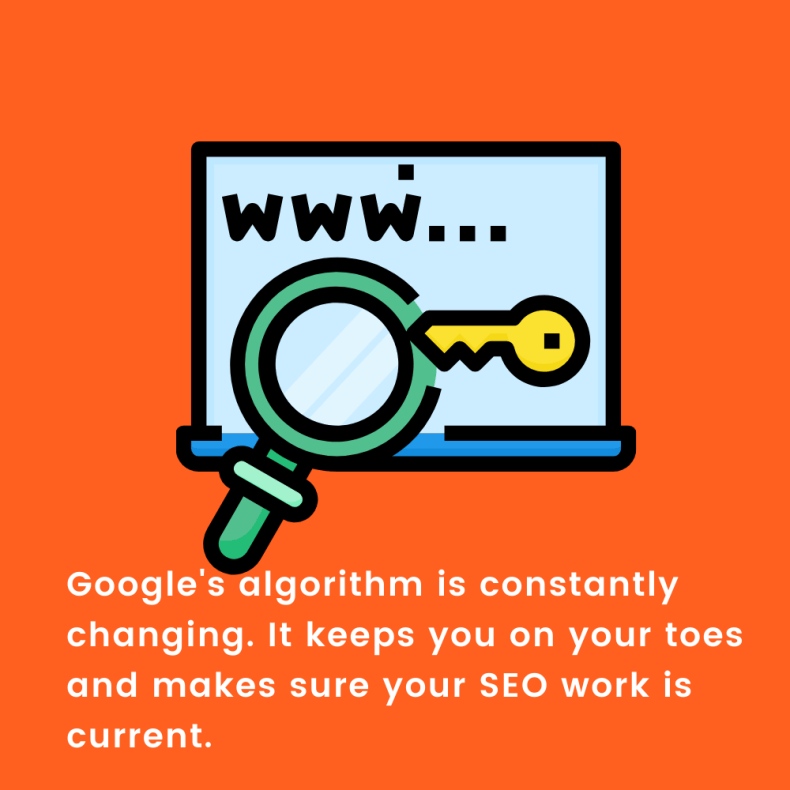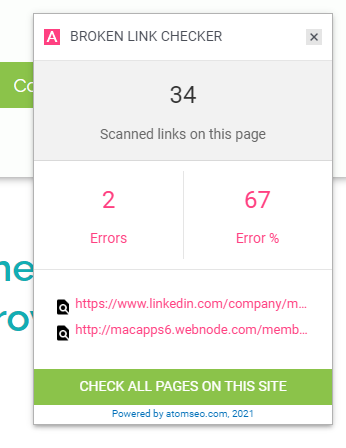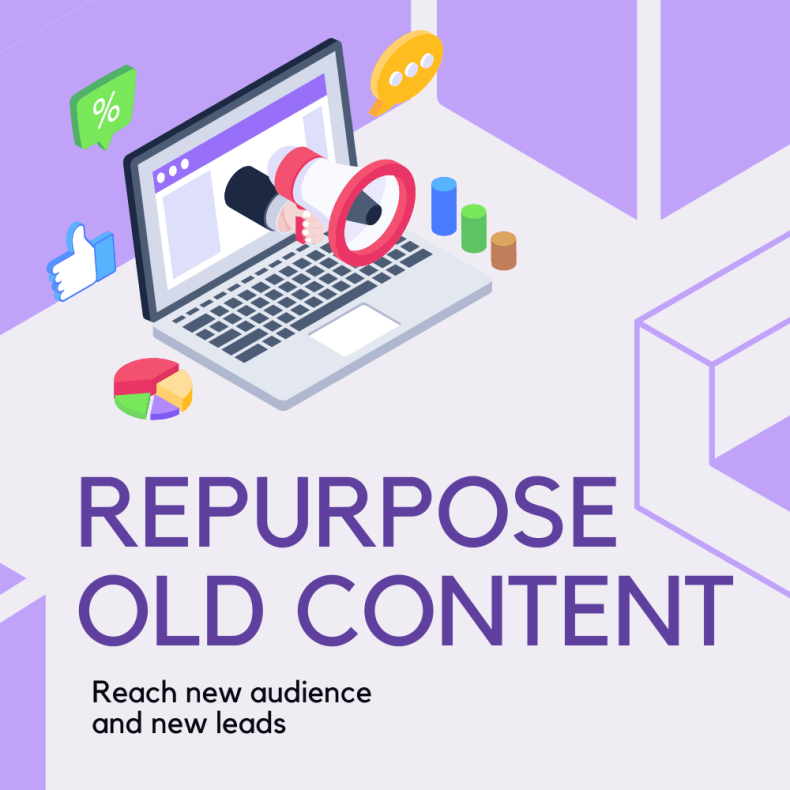You may have heard that content marketing is the wave of the future, but you may not have realized how much potential there is in your existing content to drive more leads and visitors to your website.
Whether you already have a blog or are in the process of starting one, optimizing historical content can be an essential factor in your strategy to attract more visitors and increase your company’s overall conversion rate. This article will show you exactly how to do that.
Implement Content Update
Content still rules the marketing world, and for a good reason. Your audience is always looking for valuable content to help them solve a specific problem they are facing, and you want your website to be the one to provide that solution.
Remain relevant by having the correct data on your website. To do this, follow these steps:
Research
Update your content with relevant industry information for accuracy. The research will help you improve your content optimization efforts by providing your audience with up-to-date information on your website.
Things change so quickly these days that past processes and knowledge may no longer be relevant. Revisit your old articles and update their new data and statistics.
Build trust
Updating information will also help your audience trust you. Seeing how you are careful with what you publish on your website gives the impression that you are looking out for your customer’s interest.
By providing your audience with updated and accurate data, you give them a reason to come back to your website, which may encourage them to share your work on social media. These content optimization efforts will help you attract more traffic to your website.
Find a new angle
Find a new angle for your article and relate it to new practices in your industry. The best way to do this is to give updates on new developments.
Feature what’s new in your niche since your article was first published. You can also add a historical overview of how your topic has evolved.
One good example of such a topic is search engine optimization. We all know that SEO is updated frequently, and today’s methods may no longer be effective in the near future.
It will help to find a new angle of the story, highlight historical data of SEO strategies, and show the differences between methods used in the past and those today.
Include data on any challenges you encountered due to changes in your industry and how you overcame them to give more value to your audience.
Case study
Relate your historical content to a current event in your industry and describe how a past event impacted the industry. The case study content is ideal for this situation. Give your audience a narrative about the impact of changes in your industry.
You can also spark a conversation with your audience by asking them about their experiences with the changes. Such a conversation could also lead you to understand their needs. Who knows, you might even find a solution for them in the process. I do not think there is a better way to create more engagement with your audience.
These methods do take time—and sometimes money—but they pay off over time by strengthening relationships with your customers.

Revisit Keywords
Online users enter keywords and phrases on search engines to find information. It is necessary to optimize the content of your website with keywords that describe what you do, to make it easier for people to find you.
Google’s algorithm is constantly changing, and that’s not a bad thing — it keeps you on your toes and makes sure your SEO work is current.
A good example is if a new trend emerges and you want to stay relevant, you have to change your keyword strategy. For instance, if the new trend is cashmere sweaters, the keyword “sweater” may no longer be relevant and should be updated with the keyword “cashmere sweater”.
While there’s currently no specific time as to when to update your keywords here are certain situations when an SEO keyword update is necessary:
Change in business goals
It would be best to change your content optimization efforts when you change your business goals. This, of course, includes your keyword strategy.
Do not forget to change keywords that are no longer relevant to your business or services, as this will make your website irrelevant to search engines. When this happens, your click-through rate drops, and so does your website traffic.
Another reason to change your keywords is that it is frustrating for website visitors to click on your page only to find that your information is no longer accurate. Remember to update your keywords regularly to stay relevant.
SEO trends changes
Changes in SEO market trends also require a change in your overall SEO strategy, which of course includes the keywords you need to target. This is usually dictated by Google, the biggest player in the search engine optimization market.
When Google updates its algorithm, you have to adapt and change your strategy accordingly to avoid losing out or, worse, being penalized for a strategy that is no longer valid.
Stay on top of what’s happening in your niche if you want to have an advantage over your competitors. Here is how to stay in the loop:
Replace keywords that no one uses
Do not waste time with a keyword that no one is looking for. Keywords are an essential part of search engine optimization. However, choosing keywords that no one uses in search engines can cause you to rank poorly and miss out on potential visitors, leads, and sales.
Before you start using keywords in your content, research the most relevant and popular terms to use in your posts.
To ensure that your content gets more visitors, update existing keywords and create new ones based on keyword research.
Use tools like SEMrush, Ahrefs, and Google Keyword Planner to determine which keywords your competitors are targeting and which are ideal for your business.
Update Metadata Description
Search engine crawlers use your metadata to guess the content of your website.
Therefore, you must write up-to-date, coherent, and descriptive metadata for your website. This way, you can give the crawler a clear idea of what search queries are relevant to your pages.
Update External Links
Keep your data fresh! Update your statistics and external links to old content on your site. Everyone hates broken links – or being redirected to an outdated page or one that does not even exist.
Make that older content worth your readers’ time by ensuring it’s updated with the latest information.
Check your previous blog posts for broken links. An outdated blog is not only annoying to users, but it could also give the impression that your content is not credible. As a result, your site’s search engine rankings can suffer, and your authority is called into question.

To avoid spending hours checking your web pages for broken links, install a plugin such as Broken Link Checker. This plugin will go through all your web pages and tell you which pages have broken links that need to be updated.

Broken Link Checker is a free browser extension. All you have to do is install it in your browser. To use the extension, click on the extension icon in the upper right corner of your screen. Select the Broken Link Checker extension and wait for it to check your page.
Update the Date of Your Old Content
If you have updated an old piece of content, such as a blog post, write an editorial note indicating that you have updated the post since you first uploaded it.
This way, you can not only update outdated content but also show readers that your business is updating older articles for accuracy and relevance.
Don’t hesitate to let your audience know when you make changes. This improves the experience of using your product or service and builds trust between your company and customers. It also gives them a reason to come back later for additional information.

Repurpose Old Content
Find timeless or evergreen content to repurpose something that is always relevant and will never go out of style.
This allows you to reach new audiences, expand your reach, and build on your history of excellent content.
Here are a few ways to repurpose your content:
Create new blog posts from old content
If you are looking for new content to boost your blog, you do not have to reinvent the wheel. Write posts or articles based on your previous blog posts and improve them with new angles, trends, and data.
You can reuse old content and publish it on an external website like Slideshare. This way, you expand your audience and increase your brand awareness at the same time.
Create eBooks
Use old content and create an ebook that you can either sell or use as a lead magnet. Add additional content to make your material more robust, such as new images, videos, testimonials, etc., and package it in PDF format for easy sharing.
Consider finding a solution to your audience’s questions that haven’t been addressed in your original content. Include visual elements like images, video clips, infographics, quotes, and statistics in your ebook to make it more effective.
For example, if you are writing about organizing your files at home, use charts or graphs to illustrate your points.
Also, summarize your points periodically in your ebook. This will solidify key concepts in readers’ minds and make them feel like they are learning more than they thought possible. Emphasize practical applications and actionable tips.
Also, include calls to action that lead visitors back to your main website. This is an opportunity for you to leverage the engagement of your ebook. If you have an ongoing promotion, use it to get readers to visit your site and learn more about your work.
Email Newsletters
Another effective way to optimize content is to send newsletters to your email subscribers. Create roundup newsletters that contain different links to information about a particular topic over time, and you’ll turn your monthly newsletter into a highly optimized resource for leads.
For example, if you wrote a blog post about baking banana bread, create an archive page and include it in future monthly roundups. Along with other posts from the banana bread category—link to your original recipe in each edition to drive traffic to your site.
This increased visibility can lead directly to additional website visits, all because of content you already had!
Author Bio:
Nikki has a passion for sharing knowledge. That’s why she created Wisdome, the all-in-one solution for empowering businesses and content creators to create engaging courses, webinars, podcasts, and other life-changing training programs.